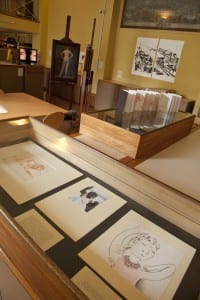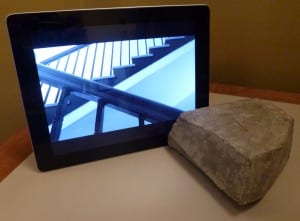
‘Getting close but then again not close at all’ by Olga Koroleva
The themes, materials and presentations of the annual collaborations have varied immensely, and this year there is a great diversity within the exhibition itself. The range of media is particularly striking, as is the way digital technologies have been used and portrayed to give new experiences of space – particularly the spaces of the UCL Art Museum itself.
There are four time-based media works and one beautifully crafted light box installation, giving emphasis to technological media within the show. However, an array of oil paintings, intricate drawings, etchings and even a bronze cast are also part of this exhibition.
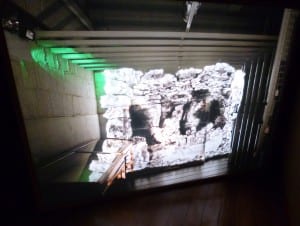
‘Entombment’ by Lara Smithson
Glowing at the back of the UCL Art Museum, in between the cupboards storing prints, is one of the most enchanting works of all. This is the light box, which constitutes the installation entitled ‘Entombment’ by Lara Smithson. It cleverly depicts the somewhat hidden UCL Art Museum painting store, giving us a glimpse of the racks of paintings mostly by former Slade students. This image has been overlaid with a painting by the artist herself, which results in a merging of different types of artistic spaces and temporalities. ‘Entombment’ seems to reveal things behind the surface (most notably the UCL painting store), while also reflecting on the (literal) surface of painting and the material properties – or potentials – of glass.
Another work that interrogates the materiality of its medium alongside its processes of production is a bronze cast work called ‘Fonte’ by Maxima Smith. This artwork achieves this using the word ‘fonte’ as both the subject matter and form of the work. In this way, the work prompts investigation into the etymology of the word ‘fonte’. The meanings include ‘to spring’ and ‘to pour’, actions that can be linked to the process and discourse of bronze casting itself.
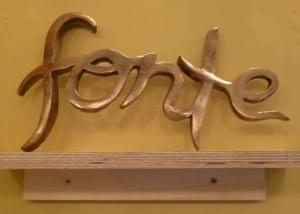
‘Fonte’ by Maxima Smith
A play with words is also immediately apparent in Katja Larsson’s hand carved slate, entitled ‘Hullmandel 4:3’. Here the artist has decontextualised a phrase she has taken from Charles Joseph Hullmandel’s 1835 lithography manual. Using this lithographic manual as a source is both a subtle and pertinent reference to the main body of the UCL Art Museum’s collection of artworks, which are prints. The artist’s chosen words are beautifully carved onto the slate – a process that mirrors the processes of printmaking. Using slate as the medium also reminds us of the lithographic process, being a traditional tool and material in lithographic production. This emphasis on process and action reflects one of the dominant themes in the entire exhibition.
 ‘Second Person Looking Out’ is on show at the UCL Art Museum weekdays 1-5pm until 13 June. On Friday 13 June the exhibition will become part of the One Day Festival in the City with several of the artists from the exhibition extending ideas from their work to engage visitors in interactive installations and other creative activities. More information on this to follow, so check this blog again soon.
‘Second Person Looking Out’ is on show at the UCL Art Museum weekdays 1-5pm until 13 June. On Friday 13 June the exhibition will become part of the One Day Festival in the City with several of the artists from the exhibition extending ideas from their work to engage visitors in interactive installations and other creative activities. More information on this to follow, so check this blog again soon.
Helen Cobby is a volunteer at UCL Art Museum and studying for an MA in the History of Art at UCL
Filed under UCL Art Museum
Tags: Annual exhibition, art, Art exhibition, collaboration, exhibition, installation, London, One Day Festival, Second Person Looking Out, Slade School of Art, Slade School of Fine Art, students, The Slade, Time-based media, UCL Art Gallery, UCL Art Museum, UCL Art Museum collection, UCL/Slade Collaboration
3 Comments »
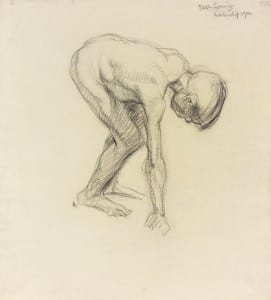
 Close
Close


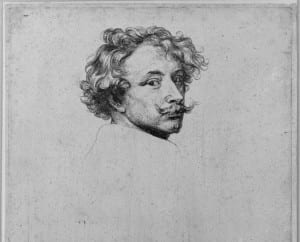
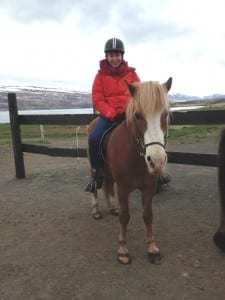
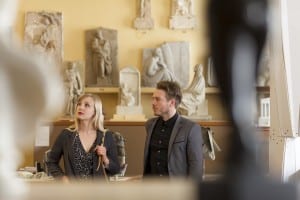




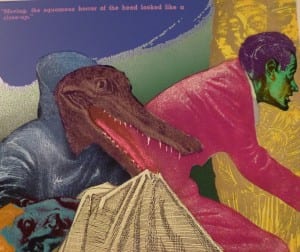


 ‘Second Person Looking Out’ is on show at the UCL Art Museum weekdays 1-5pm until 13 June. On Friday 13 June the exhibition will become part of the One Day Festival in the City with several of the artists from the exhibition extending ideas from their work to engage visitors in interactive installations and other creative activities. More information on this to follow, so check this blog again soon.
‘Second Person Looking Out’ is on show at the UCL Art Museum weekdays 1-5pm until 13 June. On Friday 13 June the exhibition will become part of the One Day Festival in the City with several of the artists from the exhibition extending ideas from their work to engage visitors in interactive installations and other creative activities. More information on this to follow, so check this blog again soon. 